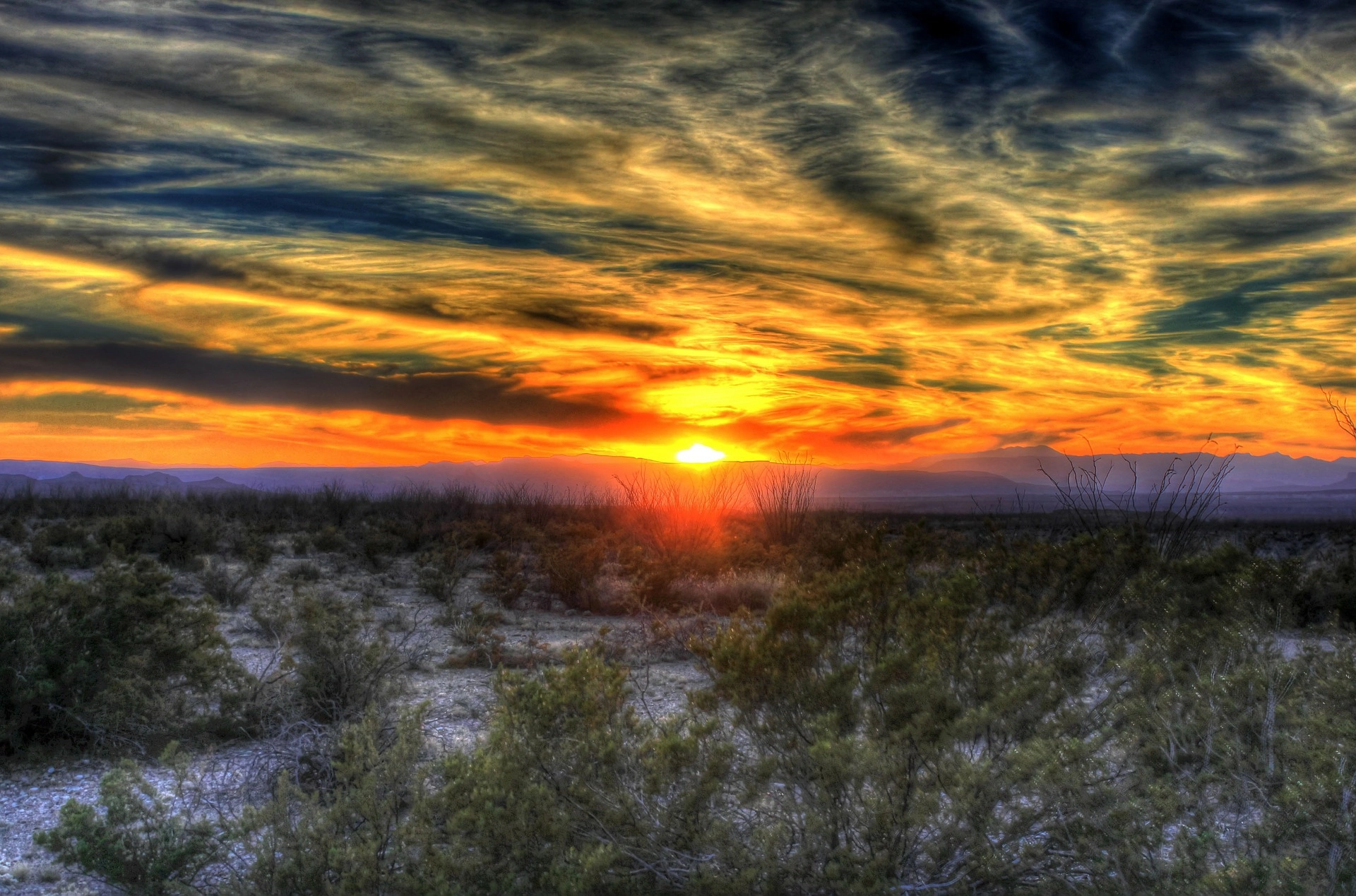How A 300-Million-Year-Old Land Formation Is Determining America’s Future
A Legacy of Success
Since first being tapped in 1923, the Permian Basin has grown to be one of the strongest forces in the energy business not only in west Texas but worldwide.
At approximately 250 miles wide and 300 miles long, the basin has allowed for the extraction of 30 billion barrels to date, with 60-70 billion barrels of recoverable oil remaining underground according to research firm IHS Markit.
“This means it will produce well into this century and maybe into the next,” stated Bruce Bullock, Director of the Maguire Energy Institute at Southern Methodist University.
Named for its thick deposit rocks formed during the Permian geologic period, the shale basin is part of the United States Mid-Continent Oil Field. Located in west Texas and southeast New Mexico, the basin spans from south of Lubbock, past Midland and Odessa, reaching as far as the Rio Grande River.

Its expanse has not only resulted in an oil source for a swath of locations across the world, but money for businesses in an equally diverse set of industries directly or indirectly.
“Tax revenue from oil production is incredible, it’s what sustains that community,” said TriLine™ Index Solutions founder Toby Loftin.
Chris Hosek, Principal at Texas Star Alliance, described the economy as “red hot” in the Permian. He explained that Texas has seen record low unemployment numbers stating, “It’s not just in the oil field or for service companies, workers are needed in every business sector.” He continued, “We are seeing unprecedented growth in the Permian, to the point where we are actually running out of superlatives to describe the increase in production. It seems like every month, it is setting new records.”
A Second Boom
All of this has led to an influx of workers, both temporary and permanent, in the region.
“The housing sector is booming,” said Bullock. “The impact across all sectors of the Texas and US economy is significant. Oilfield service companies, banks, investment banks, attorneys, landmen, logistics and trucking companies etc. that serve the oil and gas market are in great demand.”

“While Texas benefits the most, oil and gas employment makes up only about 2-to-3 percent of the Texas total employment. However, oil and gas are a heavily capital-intensive industry, so it has a much larger impact on state GDP and national GDP. For Texas it’s around 10 percent of our state’s GDP,” Bullock added.
Hosek explained, “Now, with the ability to export oil and natural gas, Texas is becoming one of the largest producers in the world, and a large portion of this comes from the Permian Basin. Some forecasters expect production to double again by 2023.”
With Texas inevitably strengthening from the highly-productive basin, the U.S. has continued to reap the many benefits as well. Because of the Permian Basin, forecasts put the U.S. on a path to total energy independence.
“Production quadrupled of the past decade which is great for the US, it helped pull us out of the great recession,” exclaimed Associate Director of the Maguire Energy Institute, Bud Weinstein, Ph.D.
Bullock explained, “It’s made the US the leading producer of oil and natural gas in the world. We are right up there now with OPEC and Russia.” He went on to explain that this basin has “significantly” impacted OPEC’s (Organization of Oil Producing Countries) ability to manipulate global oil prices.
The size and lasting impact of such a swath of oil transcends more than just business, according to Hosek.
“The Permian’s total production could be larger than any OPEC country other than Saudi Arabia. This will have international impacts. Our foreign policy will evolve and change to take into account that we are an energy superpower. This will alter the how we engage with other nations, all because of the Permian,” he said.
“Over half the supply growth in the U.S is from the Permian because it’s so unique,” stated Loftin. He described the basin as a layered cake. A multi-stack system that is formulated to produce on many different levels simultaneously.
Weinstein agreed saying, “It has an amazing formation that can support oil production for a long, long time.”
Success Brings Challenges
The Permian Basin has not remained significant over decades by chance. The production it offers has helped not only the people of Texas but the entire country. However, in the business world of oil and energy, great success can have its drawbacks. Loftin explained that with the oil business booming in Texas things like teachers leaving their professions to drive trucks for extra money is not unlikely.
“The joke is that you can gauge the price of oil by the price of hotel rooms in Midland, Texas – a room at the Doubletree in Midland next week would cost you approximately $800 per night,” said Bullock. “Median home prices in Midland are higher than in Dallas or Houston.”
Hosek spoke about the drawbacks from such great production stating, “This success has brought challenges: Housing is in high demand, oil field traffic is taking its toll on road infrastructure, and school districts are seeing rapid growth too.”
He went on to clarify that there really is no need to worry saying, “The good news is that these are solvable problems. The industry is really focusing on these quality of life issues.”
Weinstein mentioned that the business itself is risky. He explained that as oil prices are up more jobs can be created which is great for the local economy. When the prices are bumping there is always a chance for oil decline which leads to cutbacks. However, he expressed no fear for the people of Texas as he mentioned people get used to the “ups and downs.”
Risk aside, the Permian Basin has stood its ground for the past nearly century of drilling and appears primed to lead the American oil industry into the future.
“Most of the increase in global production for the next five years to meet increases in global demand will come from the U.S., mainly the Permian Basin,” Bullock noted.
With approximately $4.3 trillion, based on current oil prices, worth of untouched oil remaining and more than 25 percent of its extractions going to the U.S. alone, it is apparent the basin has a long life of production ahead of itself.
Follow us on social media for the latest updates in B2B!
Twitter – @EnergyMKSL
Facebook – facebook.com/marketscale
LinkedIn – linkedin.com/company/marketscale








